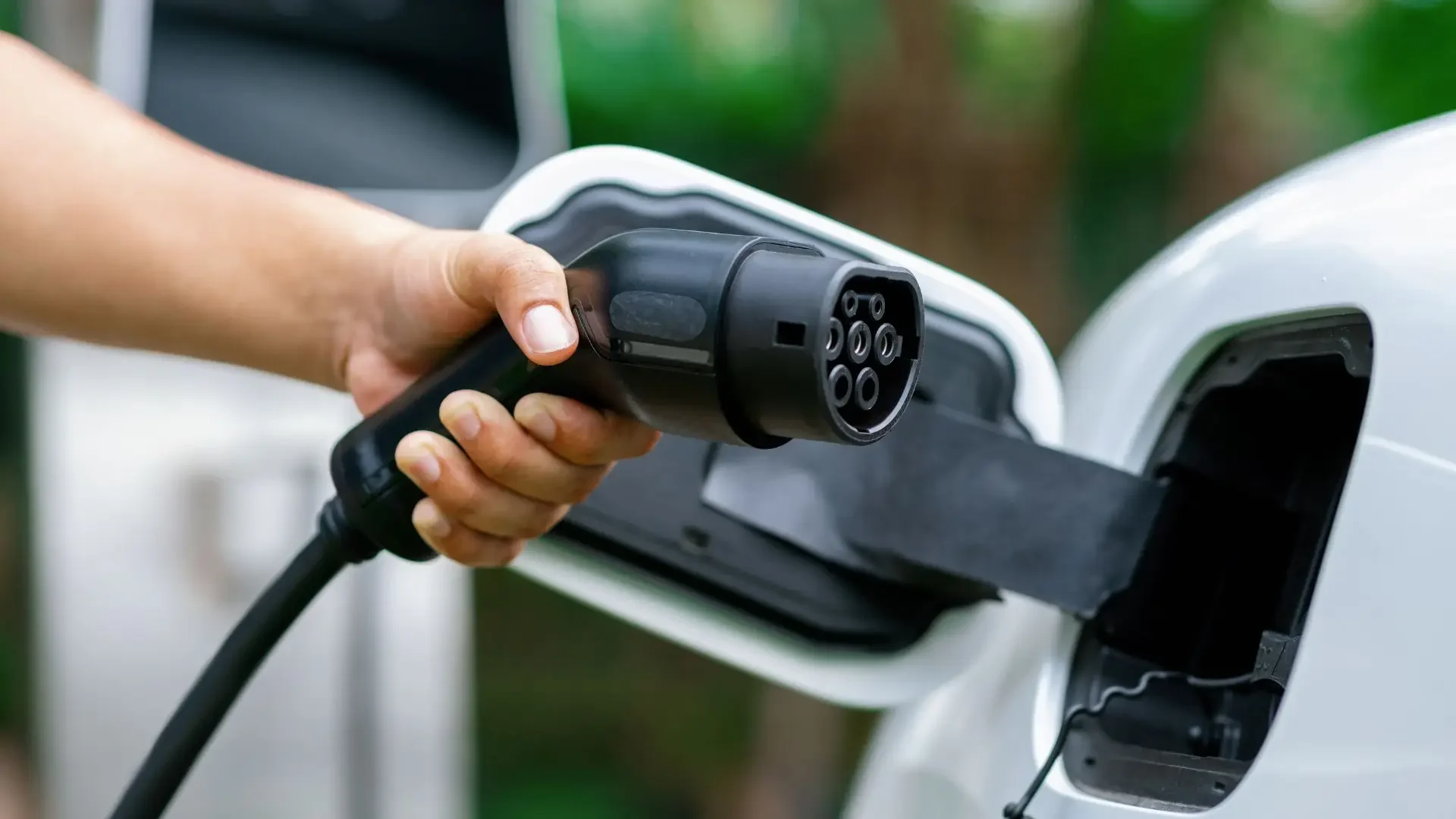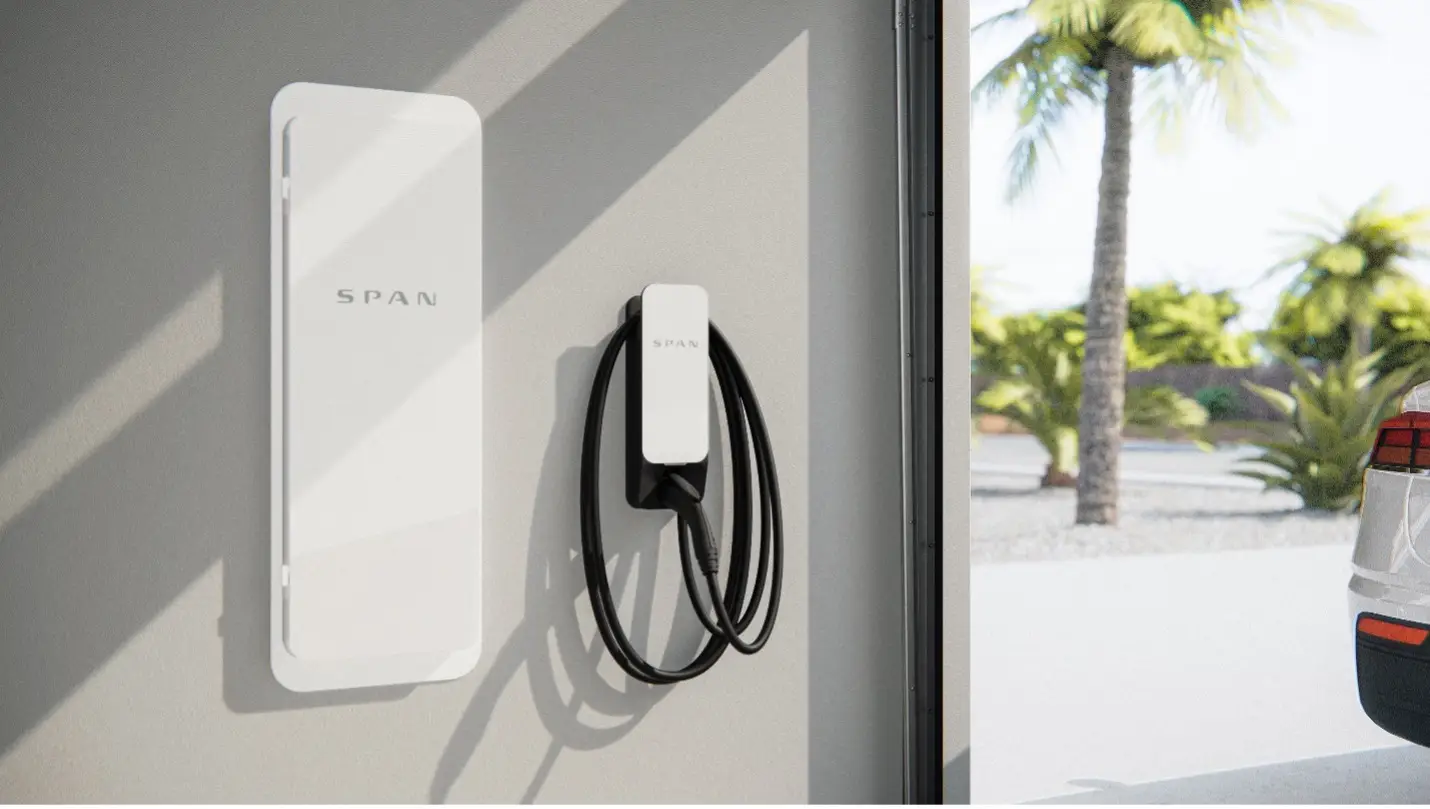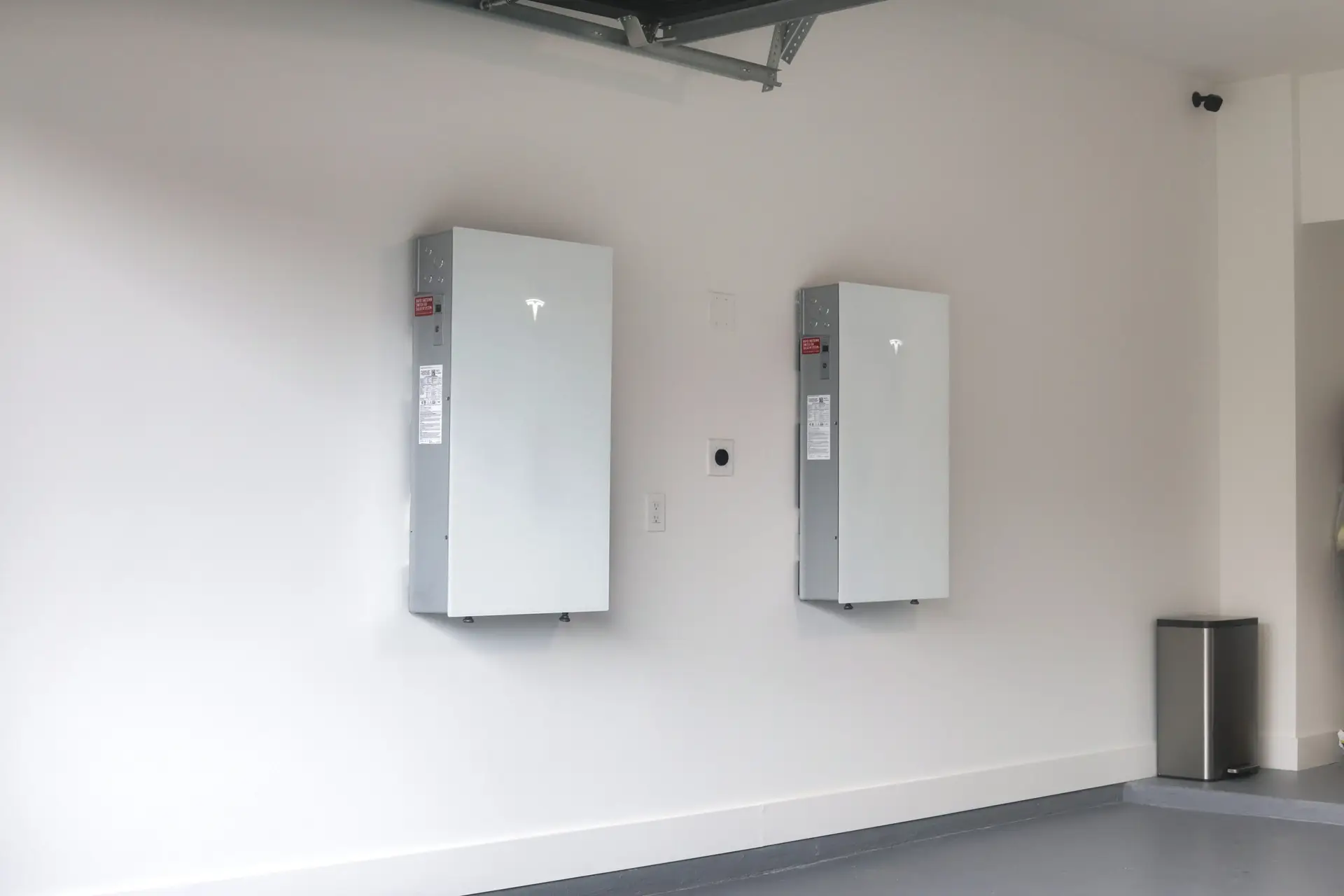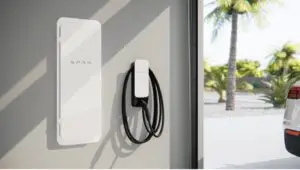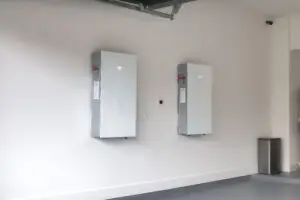Learn All About the Federal EV Charger Tax Credit
As electric vehicles (EVs) become more common on the roads, the demand for convenient and efficient charging options is growing. To help make the switch to EVs easier, the federal government offers the Alternative Fuel Refueling Property Tax Credit, which can make installing EV chargers at home or at your business more affordable. In this guide, we’ll break down everything you need to know about the federal EV charger tax credit, plus provide some local insights for Houston residents looking to take advantage of these incentives.
What Is the Federal EV Charger Tax Credit?
The federal EV charger tax credit, known as the Alternative Fuel Refueling Property Tax Credit, offers a great way for homeowners and businesses to save on the cost of purchasing and installing an EV charging station. It covers 30% of the total installation cost, with a cap of $1,000 for residential installations and up to $100,000 for business properties. This credit is available for installations completed through December 31, 2032, making it a valuable incentive for those looking to make the switch to electric vehicles.
Key Eligibility Criteria
To qualify for the federal tax credit, the EV charger must meet a few key requirements to ensure both safety and proper use. These include:
- Be installed on your property. The charger must be set up at a location that is owned or leased by you, whether it’s for personal use at home or for business purposes at a commercial property.
- Meet all safety and certification standards. The EV charger must comply with safety regulations, including those outlined in the National Electric Code (NEC), and be certified by recognized standards organizations like UL (Underwriters Laboratories) to ensure it’s safe for installation and use.
- Be used primarily for recharging electric vehicles. The charger must be dedicated mainly to recharging electric vehicles or plug-in hybrids that run on alternative fuels, rather than serving other purposes.
Benefits for Homeowners and Businesses
One of the main reasons homeowners and businesses hesitate to invest in a home EV charger is the upfront cost. However, the federal tax credit can significantly reduce these installation costs. Homeowners can claim the credit for chargers that make EV ownership more convenient, while businesses can attract customers by offering charging facilities and potentially benefit from higher tax credits for commercial installations. This makes investing in both home and business EV chargers a more affordable and rewarding option.
How to Claim the EV Charger Tax Credit
To claim the federal tax credit for your EV charger, follow these steps:
- Keep All Documentation: Save your receipts for both the purchase and installation of the EV charger. This documentation is essential when filing for the credit.
- Fill Out IRS Form 8911: This form must be completed and submitted along with your federal tax return to claim the credit.
- Understand Your Tax Liability: Keep in mind that the credit is non-refundable, meaning it can only reduce the tax you owe, not provide a refund if the credit exceeds your liability.
Adding to that, the credit applies only for the tax year in which the installation is completed, so it’s important to finalize the installation before the end of the year to take advantage of the credit for that year. Additionally, ensure your installer provides detailed documentation, as labor costs are eligible and can be included in the credit. As for commercial installations, keep in mind that they must meet prevailing wage and apprenticeship requirements to qualify for the full incentive. By following these steps and keeping these key points in mind, you can maximize the benefits of the tax credit and ensure a smoother process.
Exploring Houston’s EV Charging Incentives
While Texas does not have a statewide EV charger rebate program, there are still local incentives available to help reduce the cost of installing an EV charger. For example, Entergy offers a $250 rebate for residential customers in Texas who purchase and install a Level 2 EV charger through their eTech program. Additionally, some utility providers, like Gexa Energy, provide bill credits for charging EVs during off-peak hours, such as between 11 p.m. and 5 a.m.
As a Houston-based company, Solstice Solar is committed to helping you navigate these available programs. We’re here to guide you through the process of understanding federal tax credits, local rebates, and other potential savings that can make EV charging more accessible. To make sure you’re getting the most out of available incentives, check with your local utility provider for any updated programs. The U.S. Department of Energy’s database is another great resource for finding incentives specific to Houston and Texas.
By combining federal, state, and local incentives, transitioning to EV charging can become more affordable. Be sure to stay informed about evolving programs so you can maximize your savings and make the switch to electric vehicle charging with ease.

